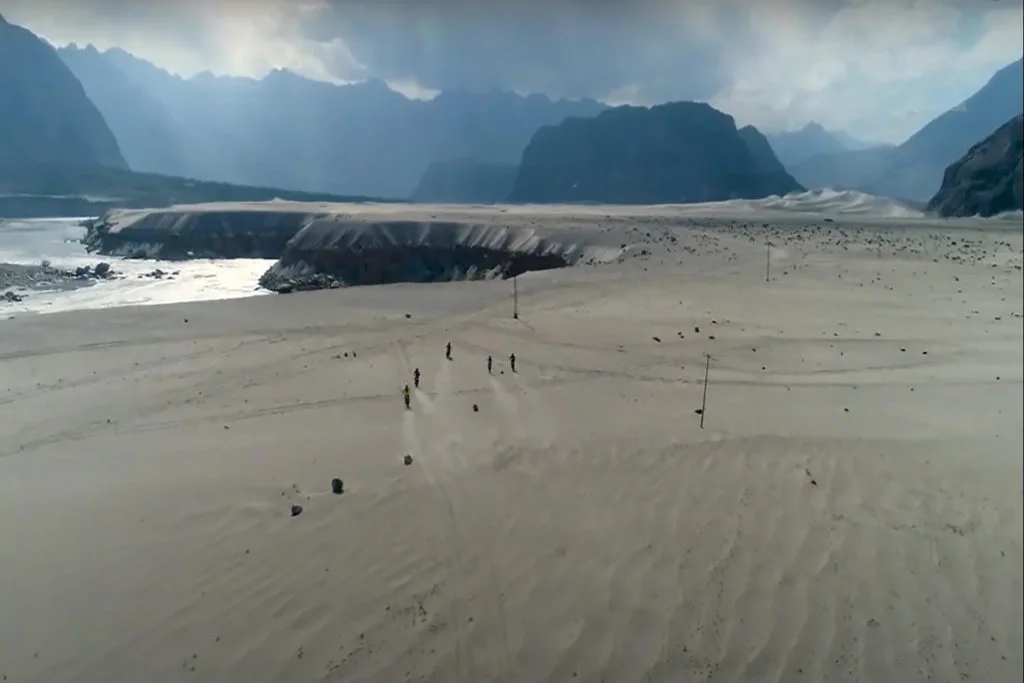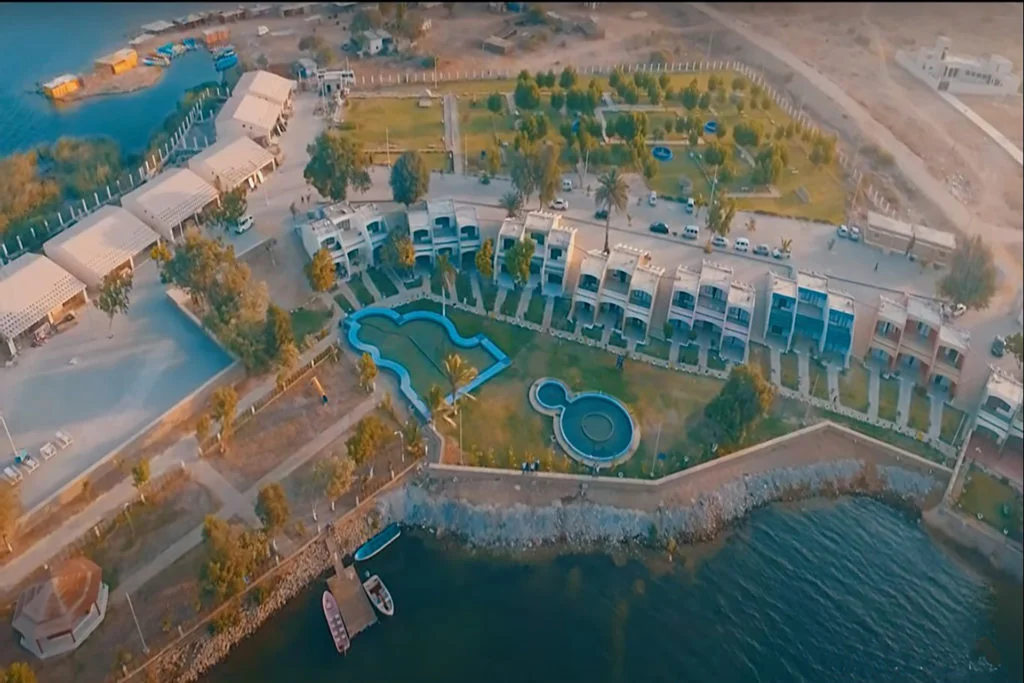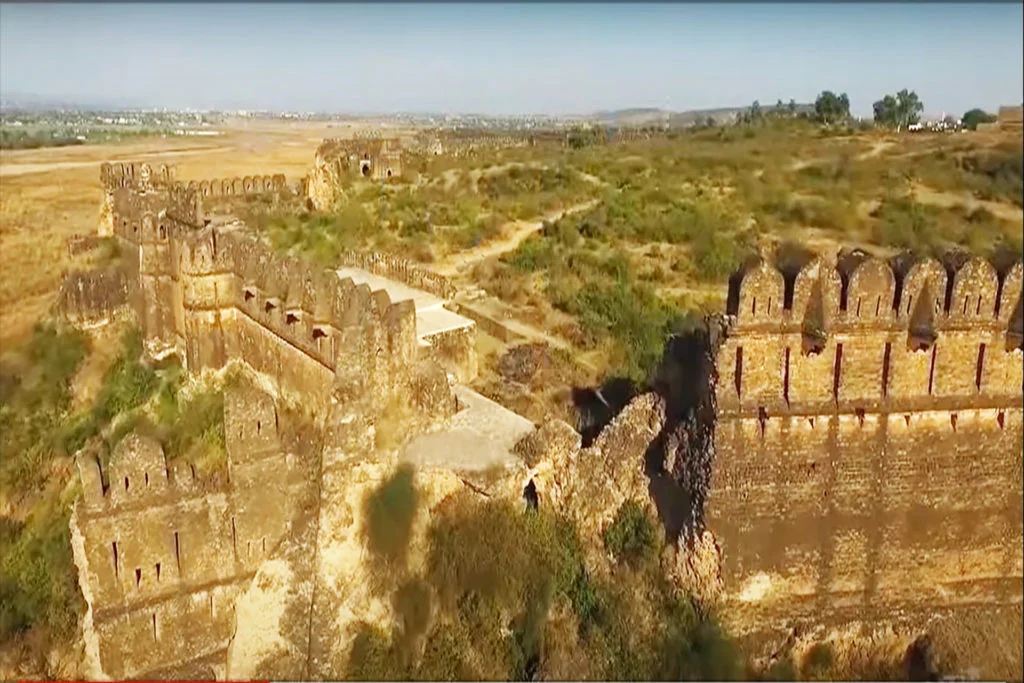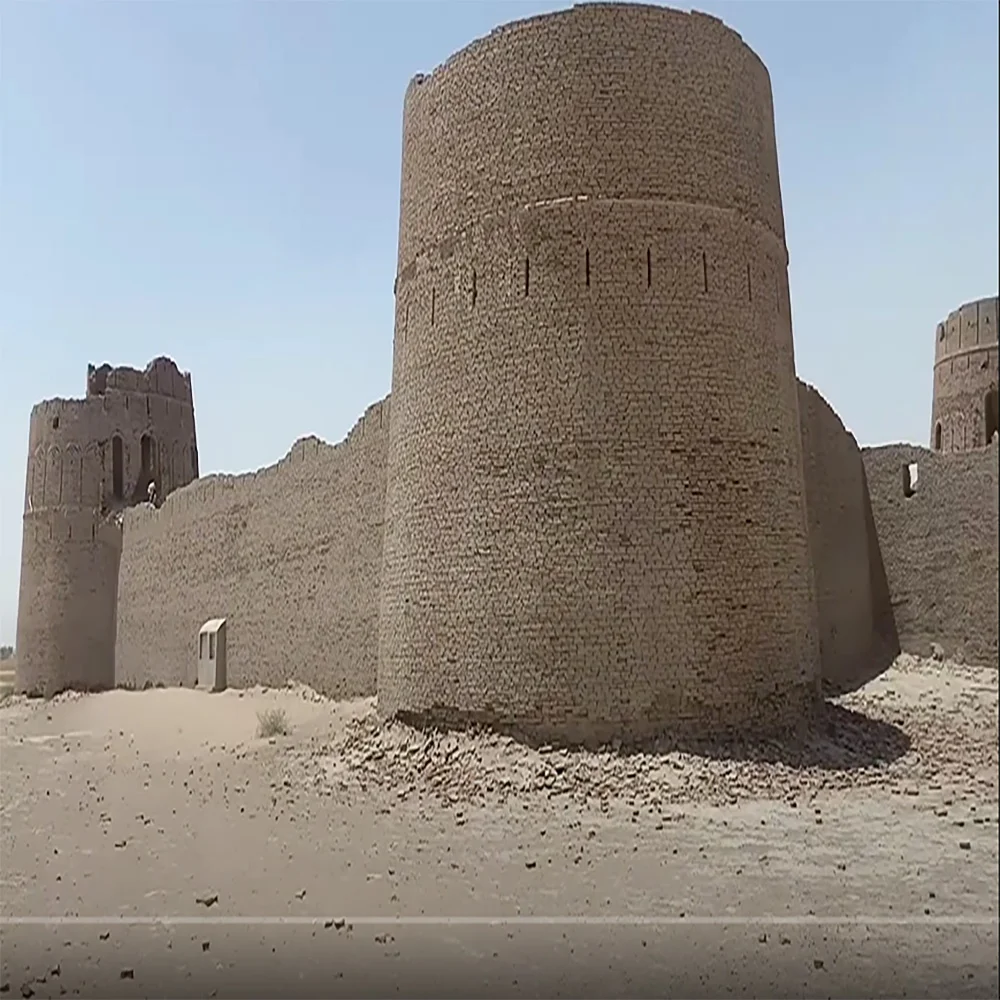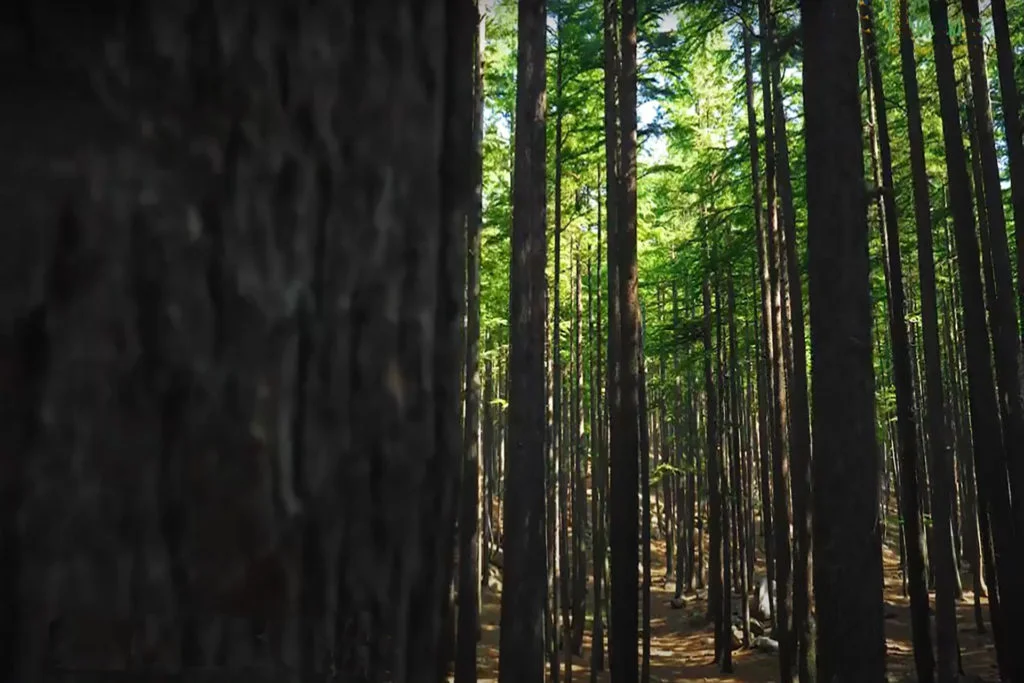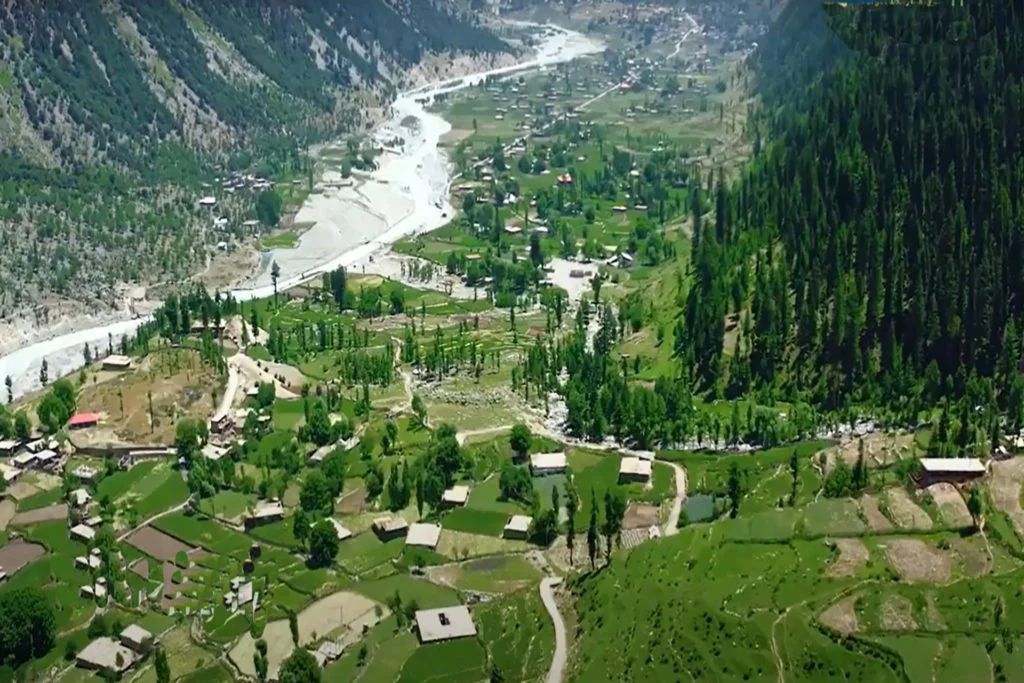Nestled within the breathtaking peaks of the Himalayas, the Himalayan Ibex reigns as an emblem of resilience and adaptability. In this article, we delve into the captivating world of the Himalayan Ibex, shedding light on its unique characteristics, mountainous habitat, and the significance of its conservation.
Pakistan’s rugged and awe-inspiring mountainous landscapes provide a sanctuary for one of its most revered wildlife species: the Himalayan Ibex. In this article, we explore the unique presence of the Himalayan Ibex in Pakistan, shedding light on its significance, habitat, conservation efforts, and the remarkable experiences it offers to both locals and visitors.
The Himalayan ibex (Capra sibirica hemalayanus) is found in various countries across Central Asia, including Pakistan. In Pakistan, the Himalayan ibex is primarily distributed in the mountainous regions of the northern parts of the country, particularly in the Gilgit-Baltistan region and parts of Azad Jammu and Kashmir.
The Himalayan Ibex stands as a symbol of resilience and adaptability in the majestic landscapes of the Himalayas. With its remarkable physical attributes, unique behavior, and significance to local communities, it reminds us of the precious biodiversity that exists in our world. By understanding and appreciating the challenges faced by the Himalayan Ibex, we can work towards its conservation and ensure future generations can witness the grace and grandeur of this remarkable mountain-dwelling species.
The Himalayan ibex, scientifically known as Capra sibirica hemalayanus, is a subspecies of ibex that is specifically found in the Himalayan mountain range. It shares many characteristics with the general description of the ibex provided earlier, but there may be some variations specific to this subspecies.
The coat coloration of the Himalayan ibex is also variable, but it typically consists of a light tan color, similar to other ibexes, with lighter undersides. During winter, mature males may darken in color, and they may have patches of white on the neck and back, although this may vary among individuals.
Both male and female Himalayan ibex possess horns. Females have slender and backward-curving horns, while males have much larger and more massive horns. The horns of the males are also flattened on the front edge and roughly triangular in cross-section.
The habitat of the Himalayan ibex is primarily in the cold and rugged mountainous regions of the Himalayas. These areas are characterized by steep slopes, cliffs, and rocky terrain, which the ibex is well adapted to navigate.
In terms of diet, the Himalayan ibex, like other ibexes, primarily feeds on grasses and leaves. It is well adapted to foraging on steep slopes and can reach vegetation that may be inaccessible to other herbivores.
The physical measurements and lifespan of the Himalayan ibex are generally similar to those of ibexes in general. However, there may be some slight variations depending on the specific conditions and environment of the Himalayan region.
Overall, the Himalayan ibex is a remarkable species adapted to the challenging environment of the Himalayan mountains, and it possesses several unique features and adaptations that enable it to thrive in its habitat.
Himalayan Ibex in Pakistan
The Himalayan ibex (Capra sibirica hemalayanus) is found in various countries across Central Asia, including Pakistan. In Pakistan, the Himalayan ibex is primarily distributed in the mountainous regions of the northern parts of the country, particularly in the Gilgit-Baltistan region and parts of Azad Jammu and Kashmir.
These areas offer the suitable habitat that the Himalayan ibex requires, including cold high mountains with rugged terrain, cliffs, and steep slopes. The ibex population in Pakistan is known to inhabit areas such as the Karakoram Range, Hindu Kush Range, and the western Himalayas.
The conservation status of the Himalayan ibex in Pakistan is of significance, and efforts have been made to protect and preserve this species. Several national parks and wildlife reserves, such as Khunjerab National Park, Deosai National Park, and Astore Wildlife Sanctuary, have been established to safeguard their habitat and promote their conservation.
The Himalayan ibex is highly valued for its aesthetic appeal and is also of interest to trophy hunters. Therefore, hunting regulations and management plans have been put in place to ensure sustainable hunting practices and protect the population from overexploitation.
In Pakistan, the Himalayan ibex is considered an iconic and important species, both in terms of its ecological value and its contribution to the local economy through nature tourism and trophy hunting. Efforts are ongoing to monitor their population and conserve their habitats to ensure their long-term survival in the country.
The Himalayan Ibex holds a special place within Pakistan’s natural heritage, symbolizing the resilience and beauty of its mountainous landscapes. By celebrating and safeguarding this iconic species, Pakistan ensures the preservation of its ecological balance, cultural heritage, and the continuation of sustainable practices that benefit both wildlife and communities. Let us appreciate and protect the Himalayan Ibex, ensuring that future generations can marvel at its grace and magnificence amidst Pakistan’s majestic mountains.

